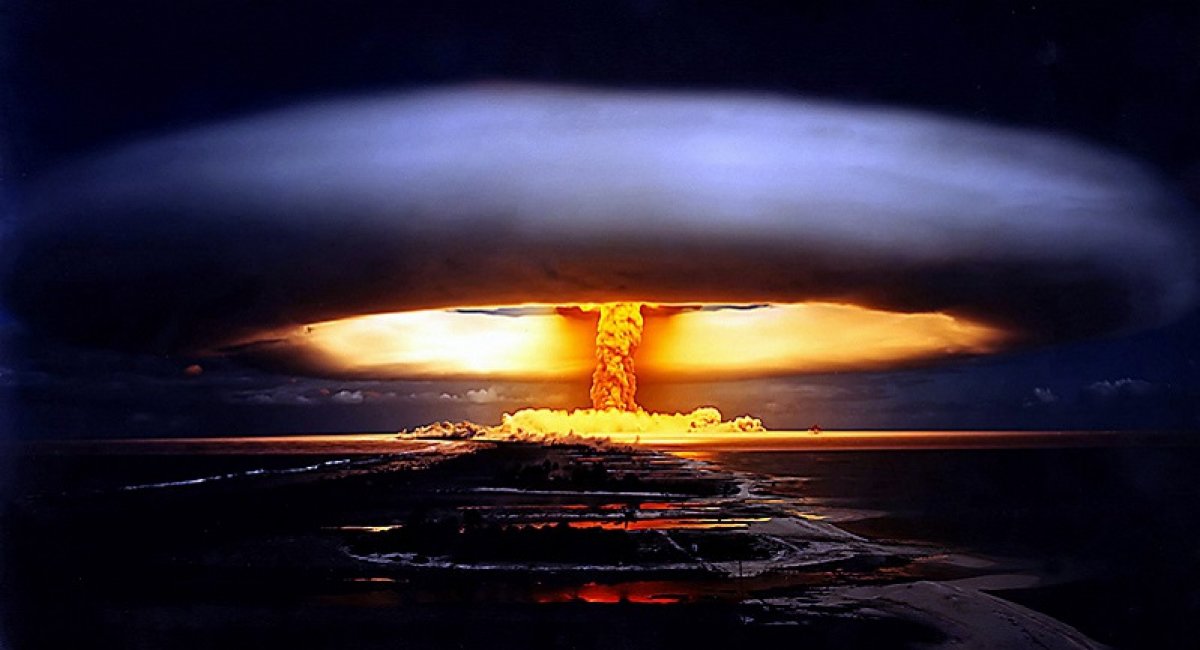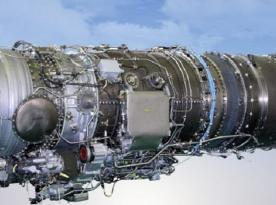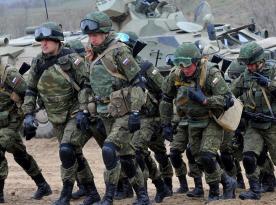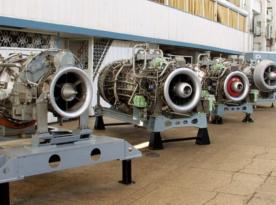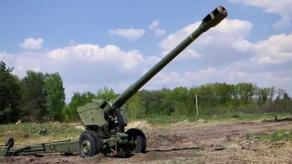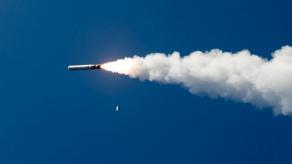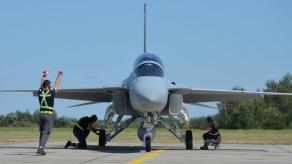After the breakdown of the Intermediate-Range Nuclear Forces (INF) Treaty, there has been an imminent risk of breakdown overshadowing another crucial arms reduction agreement – the Treaty between the United States of America and the Russian Federation on Measures for the Further Reduction and Limitation of Strategic Offensive Arms also known as the New START Treaty.
INF Treaty Breakdown
The outgoing year 2019 saw the treaty signatory countries pull out of their INF obligations. The INF Treaty is a 1987 arms control agreement between the United States and the Soviet Union signed in Washington on 8 December 1987. The treaty obliged its signatories not to produce, test or deploy ground-launched nuclear and conventional missiles as well as their launchers with ranges of 500-1,000 km (short-range) and 1,000-5,500 km (intermediate range). Within three years, the parties had eliminated all launchers and ground-based missiles with ranges of 500–5,500 km, including missiles and launchers deployed in the European and Asian parts of the USSR.
Read more: Mission of Ukraine to NATO to introduce electronic exchange of classified documents between Ukraine, Alliance – Mission's acting head
The INF was the first ever agreement seeking a true arms reduction with global implications, since it demonstrated that the superpowers are ready to de-escalate tensions and eliminate the threat of the nuclear-missile confrontation between them. The Treaty had been formally honored and enforced.
Over time, the situation has changed, however. These changes were catalyzed by a number of factors, including most notably the collapse of the Soviet Union, the loss of relevance of the battle for Europe, and changes in the nature and strategy of modern warfare among other factors. After all, the weapons of war have evolved to become far more powerful and effective than they have ever been before.
Beyond that, new security threats and challenges have emerged, namely: increasing terrorist activities, an increase in the number of countries owning missile weapons of various ranges; and the growing threat of a missile attack from Iran and North Korea.
The ‘crux of the biscuit’ was that, as found by U.S experts, Moscow had continued breaching its INF obligations. The Russian Federation has over the past 20 years produced and field-tested a number of ground-based missiles (both ballistic and cruise) that are banned under the INF treaty. This is particularly about the 9M729-SSC-X-8 long-range ground-launched cruise missile system, which is effectively a land version of the SS-N-30 3M14 missile complex "Caliber-NK" and allegedly a part of the 9K720 Iskander-M complex. The missile’s range as assessed by American experts is between 2,000 and 5,500 km.
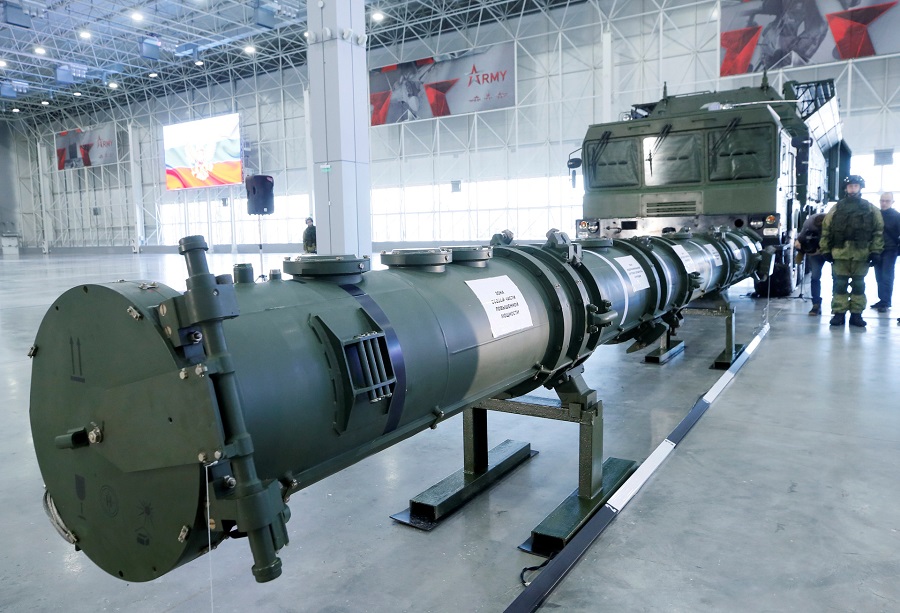
Washington pointed this to Moscow on multiple occasions. Beginning in 2014, annual reports by the US Department of State regarding compliance with arms control agreements contain evidences indicating that the Russian Federation had conducted multiple tests of ground-launched cruise missiles with ranges from 500 to 5,500 km.
The United States has, over the past few years, taken lots of actions in order to prevent the INF Treaty from being terminated. Meetings were held with senior officials of the Russian Federation, NATO and EU countries, etc. President Donald Trump’s administration, at lots of international gatherings, recalled the Kremlin of the complexity of the situation and inadmissibility of breaching its INF commitments. Moscow denied the charges while seeking to blame the U.S. of widely deploying its missile defense interceptor systems across Europe.
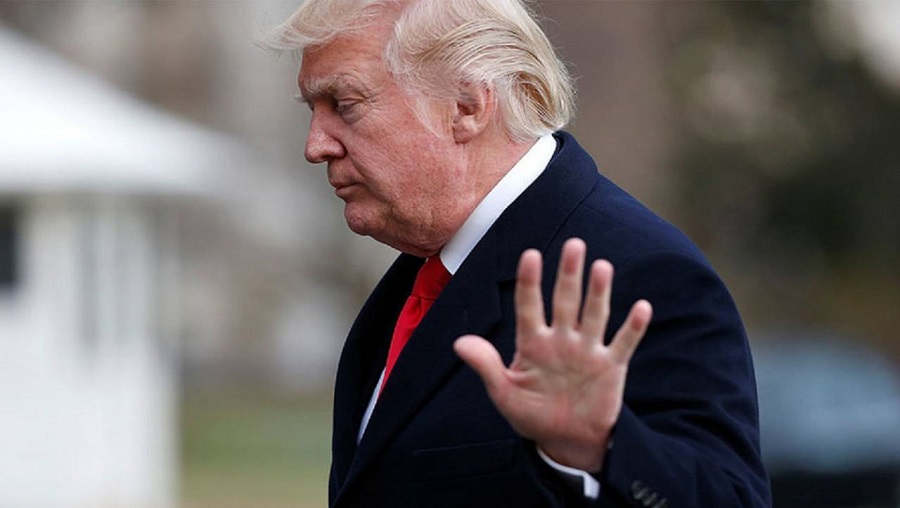
Finally, Washington, then Moscow formally pulled out of their INF obligations in early 2019. This has placed in jeopardy the future of another crucial nuclear security agreement – the Strategic Arms Reduction Treaty, known also as New START treaty.
Bleak Outlook for New START Treaty
The New START treaty was the seventh in the row of strategic nuclear arms reduction agreements signed bilaterally by the USSR and its successor state, the Russian Federation with the United States of America. It was signed on 8 April 2010 in Prague, the Czech Republic, and, after ratification, entered into force on 5 February 2011. New START, which replaced the START and START I treaties, is due to last ten years, with an option to renew it for up to five years upon agreement of both parties. Under the Treaty, the United States and Russia must, within seven years from the date the Treaty entered into force, reduce their respective arsenals of deployed intercontinental ballistic missiles (ICBMs), deployed submarine-launched ballistic missiles (SLBMs), and deployed heavy bombers equipped for nuclear armaments to 700 units. It also puts limits on the number of non-deployed ICBM launchers, SLBM launchers, and heavy bombers equipped for nuclear armaments to 100. The Treaty has a verification regime that includes on-site inspections and exhibitions, data exchanges and notifications related to strategic offensive arms and facilities covered by the Treaty, and provisions to facilitate the use of national technical means for treaty monitoring.
The U.S. and Russia announced in early 2018 that they had met the Treaty’s central limit of 1,550 units of deployed strategic nuclear warheads. But the Treaty’s major weakness is that other nuclear-armed powers, most specifically China, UK and France are not parties to the Treaty.
Speculation about the feasibility of extending the New START treaty began immediately after the U.S. had formally withdrawn from the INF Treaty in February 2019. It was back then when U.S. officials began expressing skepticism over nuclear arms reductions, saying the treaty weakens U.S. defenses.
Speaking to a conference held in Washington in late July 2019, a former U.S. presidential national security adviser John Bolton criticized the INF Treaty as flawed and ineffective, and said that renewal of the treaty would make no sense. Russian President Vladimir Putin, for his part, initially said that Russia would not remain committed to renewing the treaty because its defense systems “are fully capable of ensuring the country’s security for a sufficiently long historical period”, but at a meeting with his French counterpart Emmanuelle Macron a few months later, on August 19, 2019, blamed the US administration for being unwilling to negotiate an extension to this “nuclear arms treaty”.

However, if we analyze how the signatory parties view the New START Treaty, we see that their views reflect inherently different approaches to the treaty, and the agreement brings more advantages to Russia than to the U.S.
In particular, a view has been vigorously promoted by Russia across varied media platforms that the New START Treaty should be extended for the next five years past its expiration date of February 5, 2021, without any preconditions set. Why? Because, according to expert views, the Kremlin well realizes it clearly has no capacity to engage in a new arms race due to a lack of resources and technology as well as the country’s stagnating economy. Moscow feels itself quite comfortable in the current situation as long as it does not require any significant new expenditures in the long term.
The Kremlin, and President Putin in particular, began talking about their interest in keeping in place and renewing the New START Treaty since December 2018. The most recent occasion of this was the 5th December 2019 when Putin, speaking to a closed-door meeting, held in Sochi, relating to Russia’s naval development, said, “Russia is committed to signing a renewal to the Treaty as soon as before the end of this year”.
The Kremlin is going to continue speculating about the need for keeping the New START valid while seeking to retain its status as a nuclear-missile and space-faring power. However, Moscow’s calls for an extension to the New START treaty gave raise to pessimistic thoughts about the future of this crucial agreement. Russian Chief of Foreign Intelligence Service, Sergey Naryshkin, for example, is very pessimistic about the prospect of the Treaty being renewed, predicting for it the "sad fate" of the INF Treaty. In his view, the New START is not likely to be renewed due to U.S. reluctance. Naryshkin follows the trademark rhetoric of the Kremlin when he blames the U.S. government for undermining global security.
The Kremlin has announced it would revise the country’s military doctrine unless the New START is renewed. Here the talk is about combining efforts with China to produce a strategy that would nullify U.S. numerical superiority in nuclear missiles and strategic delivery vehicles and launchers. Strategic bombers from Russia and China conducted, in the summer of 2019, their first joint patrolling mission over the Sea of Japan and the South China Sea, and President Putin announced in early October 2019 that Russia would aid China to develop and deploy a missile attack early warning capability.

Military analysts are warning that the latter news could upset the current vision of China’s nuclear arms policy, for the deployment of an indigenous missile attack early warning system undoubtedly implies that China would be thus prepared to deploy its nuclear missile forces and to launch a missile counter-strike. Therefore, the U.S. would be forced to view China's nuclear forces as a direct threat similar to the Russian Federation’s, and to respond appropriately.
That is, the United States would be caught in a difficult dilemma between treating the Russian Federation and China as one single adversary in case a conflict with one of the two evolves into a confrontation with both, on the one hand, and developing alternative means of deterrence, on the other. The United States can, for example, deploy its nuclear weapon delivery systems in areas closer to mainland China, above all else in Guam or even in Allied territories such as Japan and South Korea.
Russia is meanwhile blackmailing the world by continuing development of new weapons systems, such as the heavy Sarmat ICBM, the Avangard hypersonic glide vehicle, the Poseidon nuclear-powered submarine drone, and the Burevestnik nuclear-powered cruise missile. The Russians even rushed, in November 2019, to exhibit to US inspectors an Avangard vehicle that was under testing in the Arctic.
In addition, the current balance is unstable. It is about the expiration of the warranty period for many of the Russian nuclear missile systems, while new ICBMs Yars and Borei-class nuclear-powered missile submarines cannot fully make up for capability gaps resulting from the retirement of their legacy counterparts.
Yury Fedorov, a military & politics expert and professor at the Metropolitan University Prague (MUP) predicts that within the next 2-3 years Russia’s strategic weapons capability will decrease approximately two-fold, or Moscow will have to extend the life of obsolete missile systems and submarines. The expert called it a “technological adventure with potentially disastrous implications”. Something like this already occurred in August 2019 when there had been an explosion at the training ground of the Russian Navy in Nionox on the White Sea, when a prototype nuclear-powered missile was tested.
The United States, for its part, has its own compelling arguments for not proceeding with the New START Treaty renewal, and those are the same arguments that were behind the U.S. withdrawal from the INF Treaty. One is China who is currently the world’s second largest economy and is rapidly catching up with the United States in all aspects, including in terms of nuclear missile capability. That explains why Washington is not in a rush to pursue an extension to the New START Treaty, because it has a somewhat different view of this from that of Moscow, seeking a new, expanded agreement involving China among other world powers.
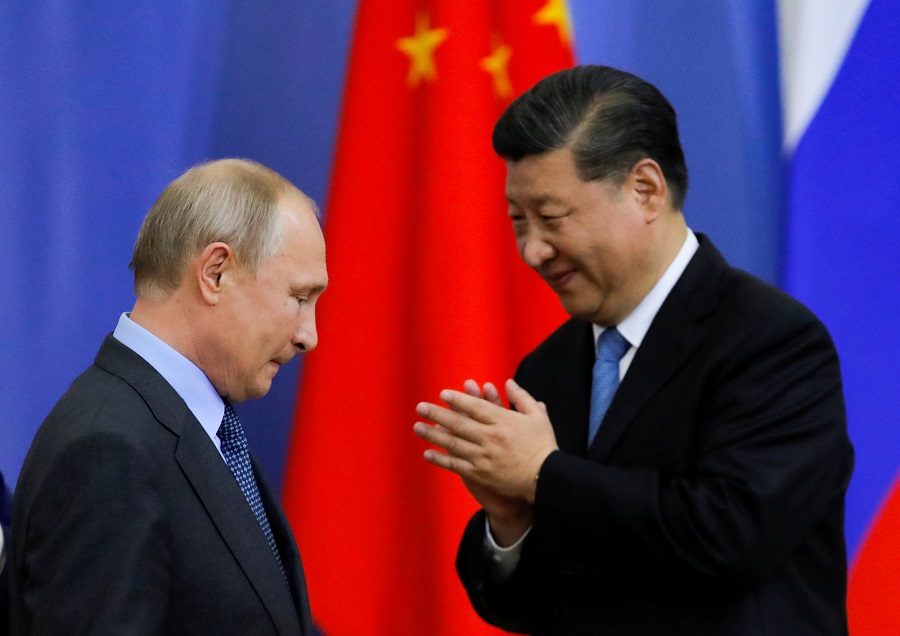
Michael Glenn Mullen, a retired United States Navy admiral, who once served as Chairman of the Joint Chiefs of Staff, spoke in favor of bringing China into the New START Treaty along with other powers that possess nuclear weapons. He is of the view that extending New START for another five years would allow both Moscow and Washington to maintain mutual advantages and stability. Speaking at a hearing on the Foreign Affairs Committee in the lower house of the US Congress, the admiral noted that the idea of connecting new participants to the contract may have a better chance of success if the base in the form of a treaty between the US and Russia remains valid. Bringing China into the treaty will take not just effort, but also time, and keeping this base in place will help in the future to draft a new multinational treaty that would supersede the New START.
Beijing, for its part, hinted it was not interested in such a deal, saying its nuclear arsenal is much inferior in power to the American and Russian. According to the head of the Department of Arms Control and Disarmament at the Ministry of Foreign Affairs of the People's Republic of China, Phu Tsun, in November 2019, Beijing is not shying away from responsibility and is ready to reduce its nuclear arsenals, but to “honest levels”.
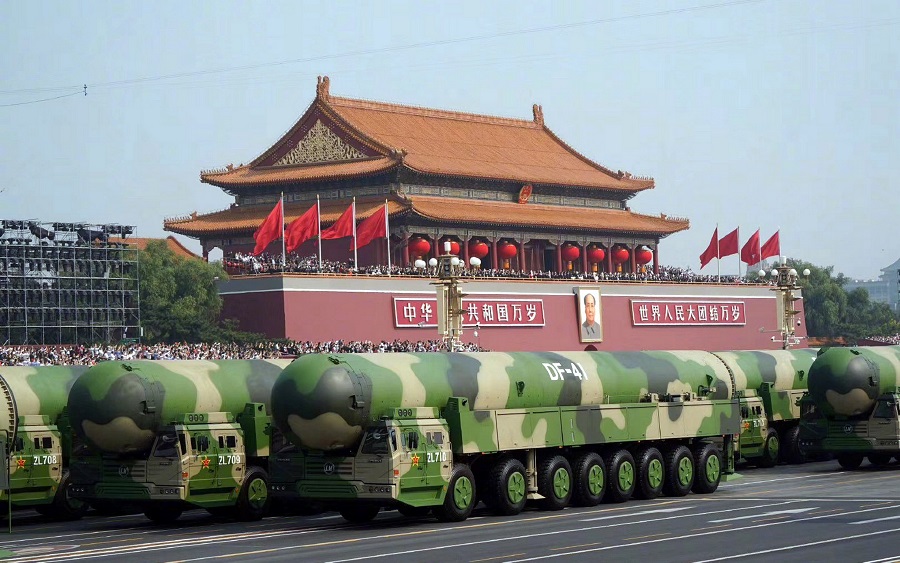
“If other countries reduce their arsenals to the level of China, we are ready to join the process. However, it is unrealistic to expect China to join the so-called trilateral talks,” the Chinese diplomat said at the IV Moscow Conference on Non-Proliferation.
As assessed and predicted by Robert Ashley, the chief of the U.S. Defense Intelligence Agency, China will double its stockpile of nuclear weapons in the next decade. The PRC already fields 50 ICBMs Dong Feng 31A. The missile carries multiple independently aimed warheads with a range of 11,000 kilometers and beyond. Alongside the DF-31A, China has successfully tested a newer (and heavier) version, the Dong Feng-41 multi warhead intercontinental missile that made its first public appearance on the 70th anniversary of China’s National Day parade on October 1, 2019.
Military analysts say the DF-41 can carry up to ten nuclear warheads and is being designed in versions adapted for mobile and fixed launches. Washington is especially concerned with China’s plans to begin in the mid-2020’s the deployment of strategic bombers H-20 and of nuclear-powered missile submarines Type 096 armed with JL-3 missiles.
Given that China is obviously unwilling to be a party to negotiations with the U.S. and Russia on reducing offensive weapons arsenals in the near term, the Kremlin is left with no choice but to wait for the results of the next presidential election in the U.S. that may change the current political environment. And while Trump does not want to take on a challenging commitment relating to bringing China into the New START treaty ahead of the election, his potential opponent and Democratic presidential candidate Joe Biden has made a clear statement in favor of the extension of the agreement.
The most dangerous scenario for the world would be if the New START Treaty became void and the major powers failed to supersede it with a subsequent treaty. If such a situation occurred, then the United States and the Russian Federation (as well as other nuclear-capable powers) will be made free of any restrictions in building up their respective nuclear arsenals. Our world may face the obvious threat of losing the last safeguard against a new arms race, especially between nuclear-weapon powers.
Read more: Digitization of Ukrainian army: capacities of HERMES-C2 tactical control system



